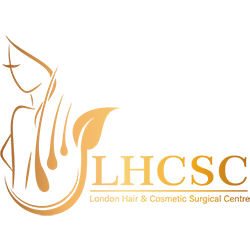Liposuction is a procedure that uses a suction technique to remove extra fat from specific areas of the body, such as abdomen, love handles, lower & upper back, hips, thighs, arms, and neck (double chin). Liposuction is not a substitute for weight reduction, but a method for removing localised deposits of fatty tissue that do not respond to diet and exercise.
